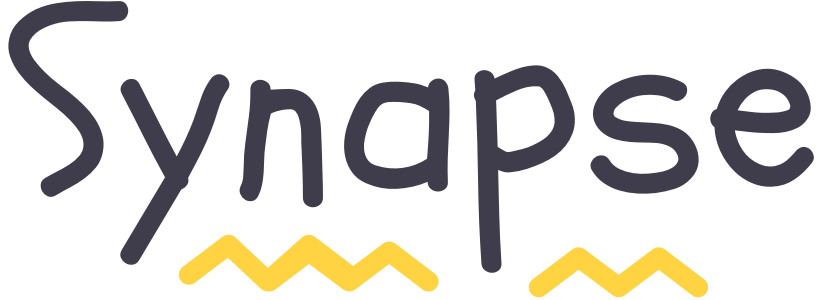AI systems if done right, is an almost invisible layer in the software that helps transform great experiences into magical ones. A good user-interface tries to bridge the gap between the AI and the user.
Artificial intelligence is a booming field. Day by day, new use cases are getting unlocked. Machine learning is enabling businesses to do new things and transforming entire industries. The disruption can be felt in the inner echelon of various sectors. From surfacing errors to now surfacing recommendations, systems have gotten smarter through the ages. They are now ubiquitous, and we interact with some of them on almost a regular basis.
AI systems, if done right, are an almost invisible layer in the software that helps transform great experiences into magical ones. A good user-interface tries to bridge the gap between the AI and the user. Hence the need for clear and transparent communication with the user arises. As a designer at Kubric, the experiences we craft are closely intertwined with AI systems. From our learning, here are a few things to keep in mind while designing such experiences.
1. Dealing with uncertainty
An AI system does not talk in absolutes. It is never sure if it is a dog or a cat, but it can tell you how confident it is with the prediction. All AI models have a confidence score associated with them. But that shouldn’t be confused with the uncertainty it has in the result. AI systems can predict wrong results with an extremely high confidence score. Transparency is vital. Shedding light on why certain choices were made, will help users adjust their mental modal of the AI. It is also necessary to provide users with clear alternative paths to deviate from the recommended.
2. Driven by numbers
Metrics drive AI systems in production; metrics vary from company to company. Pinterest, Spotify and Facebook try to maximize time spent by users on their platform, google search, on the other hand, tries to minimize the time spent by giving us the right link as fast possible. Each of our internal automation services has it’s own metrics that it tries to optimize for Eg. Our auto-crop pays attention to how many times the user accepts the recommended position values. On a high level, our goal is to make content creation super simple. So less the manual overrides the more confident we are with the auto-suggests.

3. Supercharging the user
Even if AI can be used to automate certain tasks, it might not be the best thing to do. Some tasks, people would love for AI to handle, but there are many activities that people want to do themselves. Get the framing right. User should not feel like they are getting sidelined, and instead, they should feel like their at the helm. Having the right transparency of the system state and surfacing the right levers will help enforce this notion. Automations can be like “power-ups” that the user unlocks as the system learns more about the user and gets familiar with the user preferences and behaviors.

4. The system as a sidekick
Systems are bound to fail over time. If we can frame the idea that the system is learning over time, and each failure, the user corrects it is an opportunity for the system to get better. We can establish a feedback relationship with the user. Which helps train the system to optimise for the preferences of the specific / segment of users. Users tend to invest time training the AI if the benefits are clearly visible to them.

I see AI as a tool. When designers master that tool, they can expand their ability. — Paola Antonelli, MoMA
Identifying the problem to solve is half the battle. Talking to users, looking through data, and observing behaviours can shift your thinking from technology-first to people-first. We believe that artificial intelligence can help us design amazing products, services, and systems that improve people’s everyday lives. AI-powered technologies must be grounded in human needs, and work to extend and enhance our capabilities, not replace them. Much like superpowers ❤️
We are hiring! Do write to [email protected] if you are kicked about building the next generation of creative tech.

 Go to App
Go to App Subscribe
Subscribe

